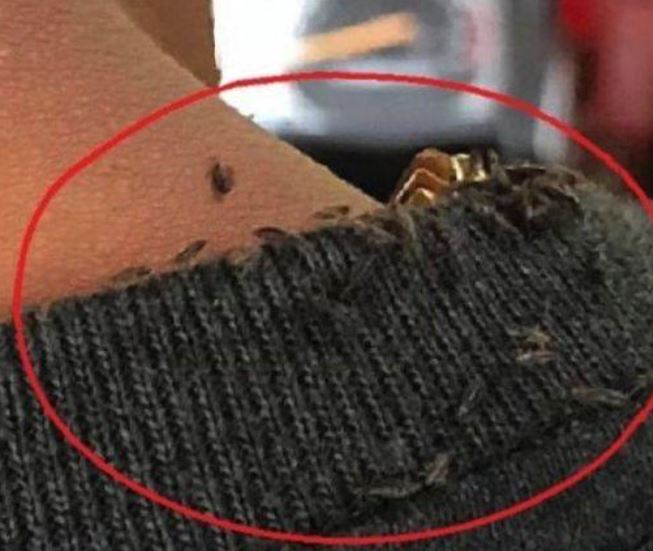A disturbing video that recently went viral on social media has sparked widespread concern within the Filipino online community. The footage, which showed a tricycle driver suffering from a severe head lice infestation, highlights the grave dangers of neglecting personal hygiene, particularly for those in high-contact professions.
The video, initially shared by Primo Onipa, reveals a shocking case of infestation, with lice visibly crawling across the driver’s neck and shirt. This severe condition serves as a stark reminder of the importance of maintaining personal cleanliness, especially for individuals who interact with the public daily.

Onipa’s intention behind sharing the video was to raise awareness about the risks associated with poor hygiene and to urge others to prioritize cleanliness. Medical professionals have since weighed in on the issue, emphasizing the contagious nature of head lice and the potential health consequences of neglecting infestations.
Dr. Jay Recasata of Faces and Curves clinic warns that head lice can spread rapidly, feeding on blood and thriving at the roots of hair. If left untreated, severe infestations can lead to scalp wounds, bacteria, anemia, and malnutrition. Dr. Enrique Collantes of Derma Clinic echoes this sentiment, stressing the importance of prompt treatment.
According to the National Health Service, head lice are typically transmitted through direct contact with an infected individual or by sharing personal belongings. To prevent infestations, medical professionals recommend practicing proper hygiene, including washing towels, blankets, and clothing in hot water, vacuuming floors and furniture, and soaking hair accessories in hot water.

This incident has sparked crucial conversations about hygiene in occupations that involve regular interaction with the public. Tricycle drivers, commuters, and public servants must be vigilant in maintaining cleanliness to protect not only their own health but also that of others.
The viral video serves as a stark reminder that personal hygiene is essential for both health and safety, extending beyond mere appearance. It highlights the need for increased awareness and education on the prevention and treatment of head lice infestations.
As this story continues to generate discussion, we invite you to share your experiences and thoughts on preventing lice infestations. Do you know someone who has battled with head lice? What measures do you take to protect yourself and your loved ones?


